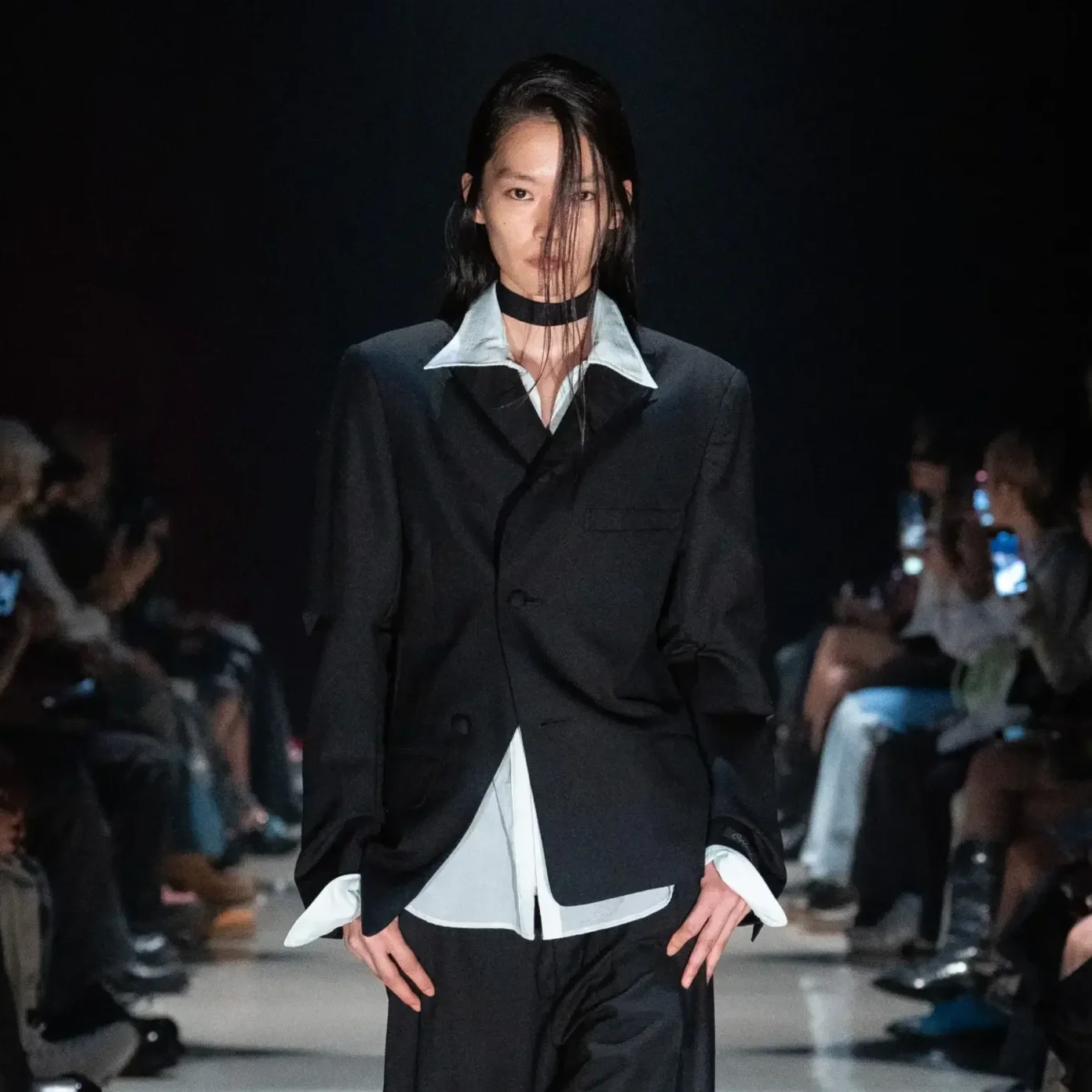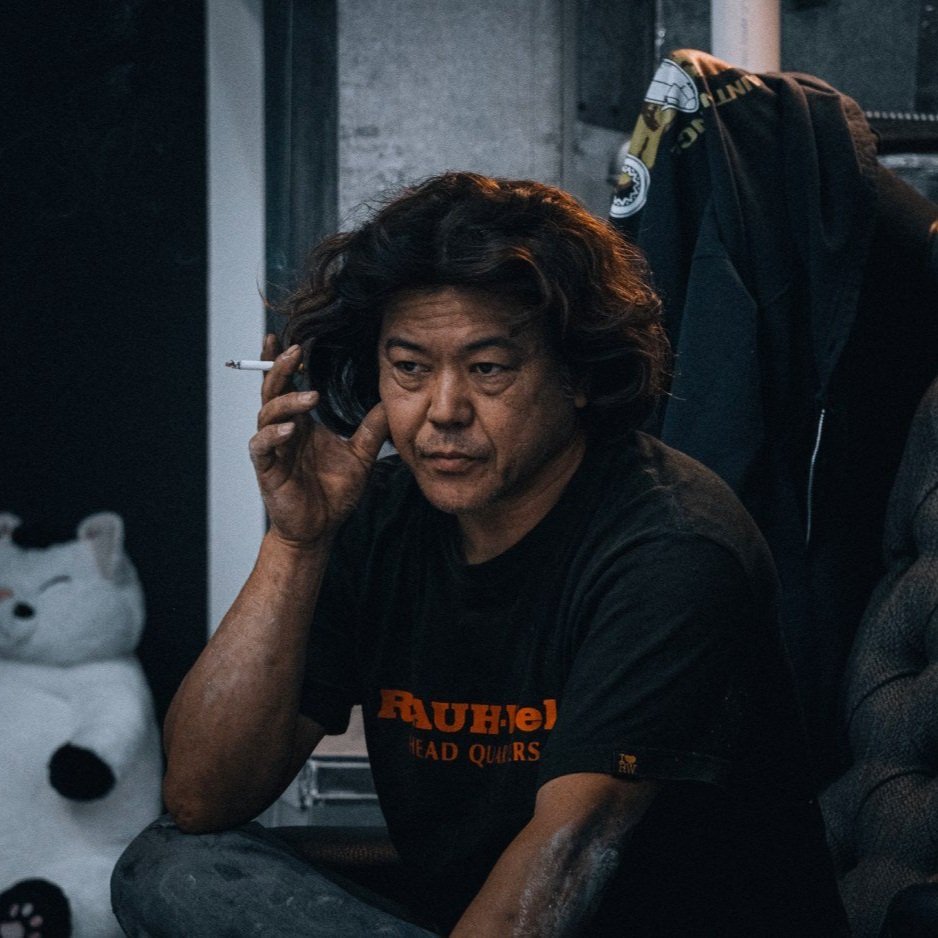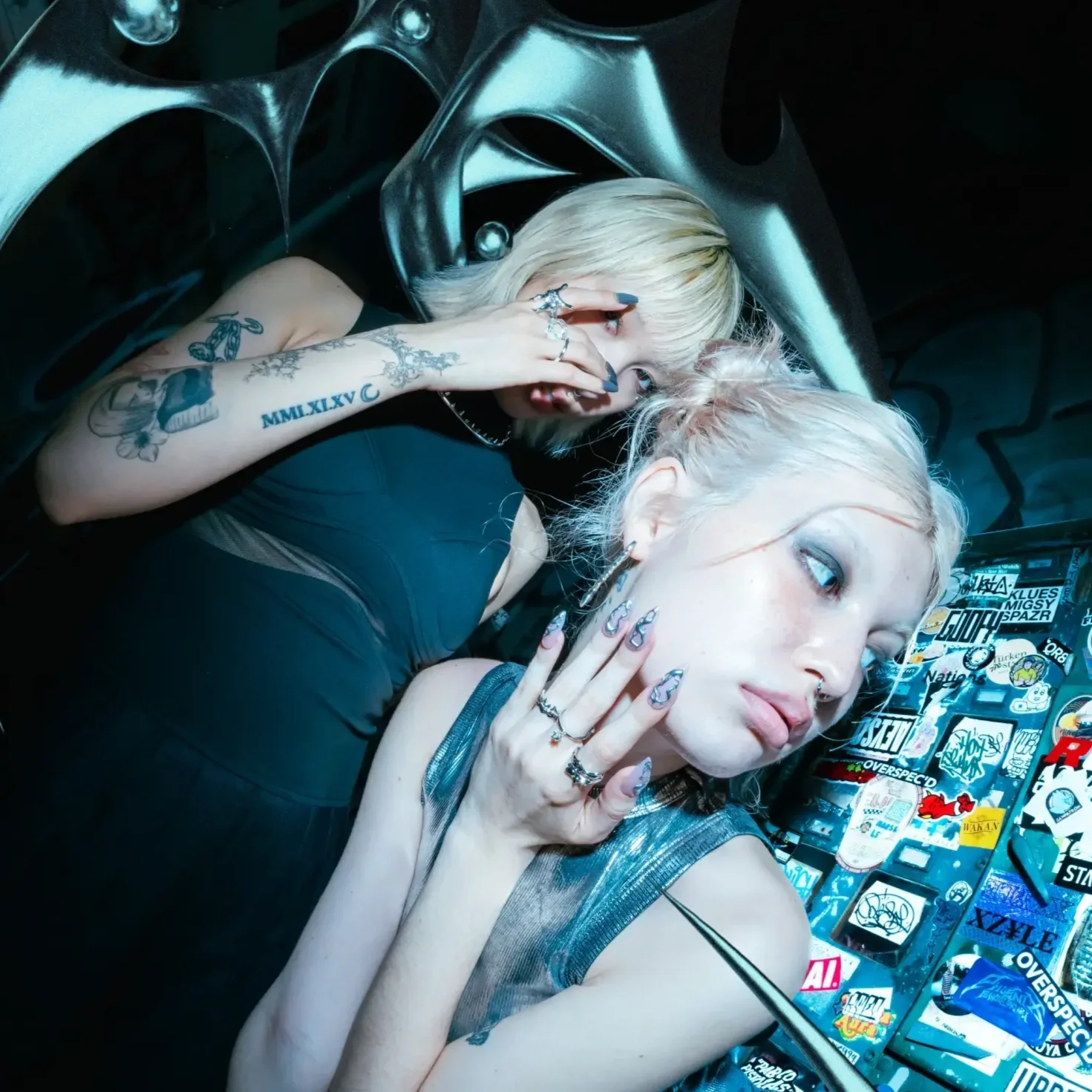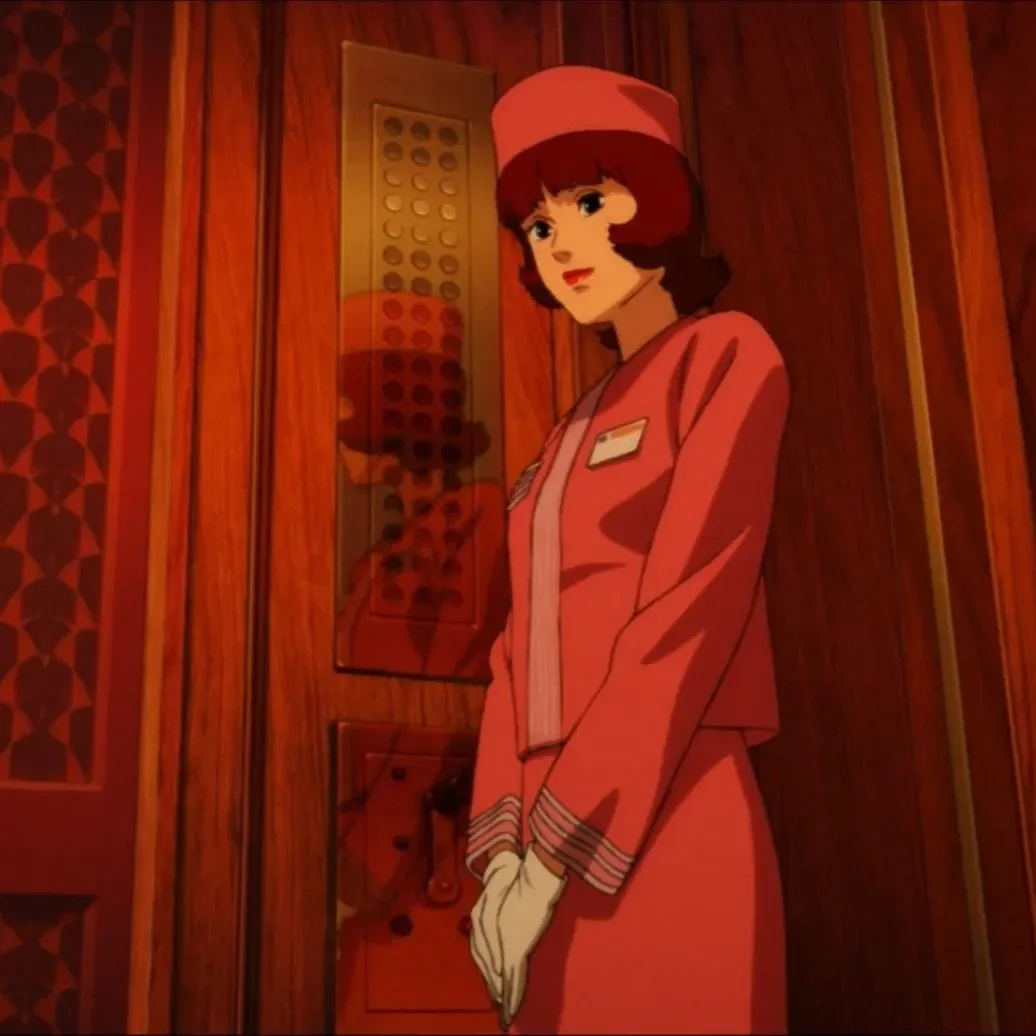The Fight for Recognition as a Female Sumo
We often imagine sumo as a male-dominated tradition filled with powerful, big men in loincloths. But photographer Matthew McQuillan’s series on female sumo reveals a side of the sport that remains largely hidden. His evocative portraits capture the strength, determination, and spirit of women fighting for recognition in a field formed by rigid traditions and gendered restrictions. Inspired by the rich yet underappreciated history of women’s sumo, Matthew’s work brings visual storytelling into the heart of a movement long overshadowed by its male counterpart.
We had a chat with matthew about his experience capturing the world of female sumo.
What first drew you to the world of female sumo, and why did you feel it was important to document it?
I was travelling in Japan with my wife. While planning our trip my only request was to see the sumo. I’ve always been fascinated with it. Is there a sport more embedded in a nations cultural identity? Incredible iconography. An ancient sport just as popular today as it was hundreds of years ago - And of course we had missed the sumo tournament. Frustrated with our lack of planning we booked a tour of a sumo stables.
I was so relieved to be around these incredible people. To watch them train, understand a little more about their epic discipline. We spent most of the day on this tour. It was 4 or 5 hrs into this experience and my wife turned to me and said “there are no women”. No women involved in the infrastructure of this sumo stables. Where are the women?
This was the seed.
Your photo series captures the intensity and resilience in these women. Was there a particular moment or subject that left a strong impression on you?
A big part of this project was to exhibit the strength and technical ability of these women. So my approach was to be as close to the action as possible so the view would feel the pain and strength So you could see the effort in their faces. This meant it shot on a wider angle lens. It also meant I might as well have been wrestling too as I was so close to them. I was so close to being knocked over during the bouts.
Their stories were so great. They are really sacrificing a lot to be involved in sumo. They both have full time jobs and families. So it takes a lot to be able to train and then compete.
The tradition of sumo is deeply tied to its traditional beliefs, which often exclude women from entering the dohyo. How did learning about these restrictions influence your creative vision?
I think it made me want to show off how exceptional these women are. In Japan male wrestlers are something akin to rockstars. Treated with deference. So I wanted the visuals to align with that. High production value, beautiful lighting. I wanted to make them look epic, strong and capable.
What challenges did you encounter while working on this series, either in terms of access or capturing the essence of female sumo?
Language barrier was massive! When I shoot real people (not models) I like to chat for a while to make them comfortable. Shoots are an alien concept for most people. However we were communicating through an interpreter - so a little stilted at first. However after a while we found rhythm after a while.
Traditional sumo has such a strong iconography. SKIN and mawashi(cloth covering). You instantly know it’s sumo. I was a little worried the images wouldn’t look as visually striking because our wrestlers would of course be fully clothed. Would it still look dramatic if these women were not as massive as the men BUT i feel like both of these points were very much surface level concerns and were not an issue at all.
Access was actually not so bad. I think they were eager to be involved because so rarely are women in sumo celebrated. And that is what this project is about. A big concern of mine was getting the tone right of the project. I’m not from Japan and not a woman. I’m a bloke from the UK. So I really wanted to attack this project with some sensitivity. This is a celebration of some incredible people.
I have huge respect for tradition and culture but not at the expense of equality. This is easy for me to say. And it’s not my place to pass judgement on the traditional beliefs of a different culture that is not my own. What I will say is - these women are incredible and I want to see more female sumo.
What do you hope your audience will understand about women in sumo after seeing your work?
Awareness of the sport. I don't think people really know about the female sport of sumo, especially outside of Japan. Male sport dominates globally. The last ten years have been amazing for Women in sport. Female is sport slowly starting to get the respect it deserves. Sport is great for your health, your mental health and your soul. The dramatic highs and lows. It bonds you with strangers and your families. Female sport of sumo has so much value. Just as technical, just as dramatic, just as exciting. And I hope the audience can see that from my project.
Finally, what’s next for you? Are you planning any follow-ups or other projects focused on underrepresented communities in sports or culture?
I’m about to finish a project about a refugee from Sudan who lost their leg when he was 14. He suffers from Phantom limb pain. SInce coming to the UK as a refugee he’s starting training for the paralympics and also a prosthetist. I directed a film and shot photography.
That’s been a really special project and it’s been shot over a year so I’ve become really good friends with him. Some heavy subject matter. I feel a massive responsibility to tell this young man’s story with as much truth and sensitivity as I can.









Paprika is back, leading PARCO’s Grand Bazar.